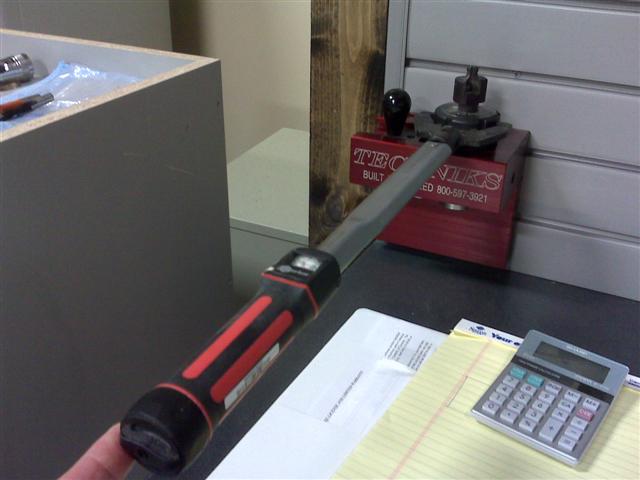Question
We recently started using a CNC routing machine for cabinetmaking. We are using 5/8 melamine mostly with a 1/2 inch 2 flute compression bit. We finally found a good setup with a good bit for chipless results.
The problem comes with small pieces. The guideline for small pieces was to do it in two passes to avoid movement (2nd pass being less than 1/16th) but we are having bad results on the edge. For some reason we keep getting a bit left over on the 2nd pass (about 1/32nd of an inch) which breaks up and chips when compressed by the edging machine's rollers. We ended up eliminating altogether the 2nd pass, but get movement on our small pieces. Any experience with this?
This is a 5 x 8 vacuum table on a 7.5hp vacuum. My spindle is a 10hp 24000rpm high frequency. I am using an 18/25 setup as per my routing bit dealer - 18000rpm/25meter/min (about 975ipm). I am having movement on smaller pieces even if I slow down to, say, 450-500 ipm.
Forum Responses
(CNC Forum)
From contributor M:
Try this onion skin scheme - it works well as a solution to similar problems I have had. Keep the feeds and speeds. They look okay to me. Space all of your parts by the nominal bit diameter plus .03 inch. Take the first pass in climb. Climb cutting will bias the forces that position the bit slightly away from the nested work piece. (The spacing prevents any possibility of the first climb cut impinging on any adjacent part.) Cut almost all the way through on this first pass, leaving 1/16 or less skin. Then take the final cut conventional - this will run pretty true.
Any lip will be taken off in the conventional cut. If you use a conventional cut for both passes the bit will bias toward the part very slightly when the heavy first pass goes by, then will run true on the second, leaving a slight lip in many cases. If you climb both with no spacing, the bit biases away slightly with the heavy pass into the adjacent part. Then it runs each part true, but the lip might still exist from the adjacent part's cut.
If the parts move on the second pass, it will most likely be due to the bias shift on that first climb cutting pass, as mentioned. To solve this do the cut in 3 passes instead of 2. First pass climb cut at 1/8" up, second pass conventional cut at 1/8" up and final pass conventional at full depth.
This is the method we use for cutting our solid wood curved moulding blanks which are held by pods and subject to some shifting while being cut. Only difference is we cut all the way through on all 3 passes.
You could also try a smaller diameter bit for the final pass. This would put less force into the material and help with the shifting problem as well.
Lucky for us it will hold down all but the smallest of parts with a single pass cut, so any that do get double cut get bumped on the edgesander or hit with a block sander before banding.
